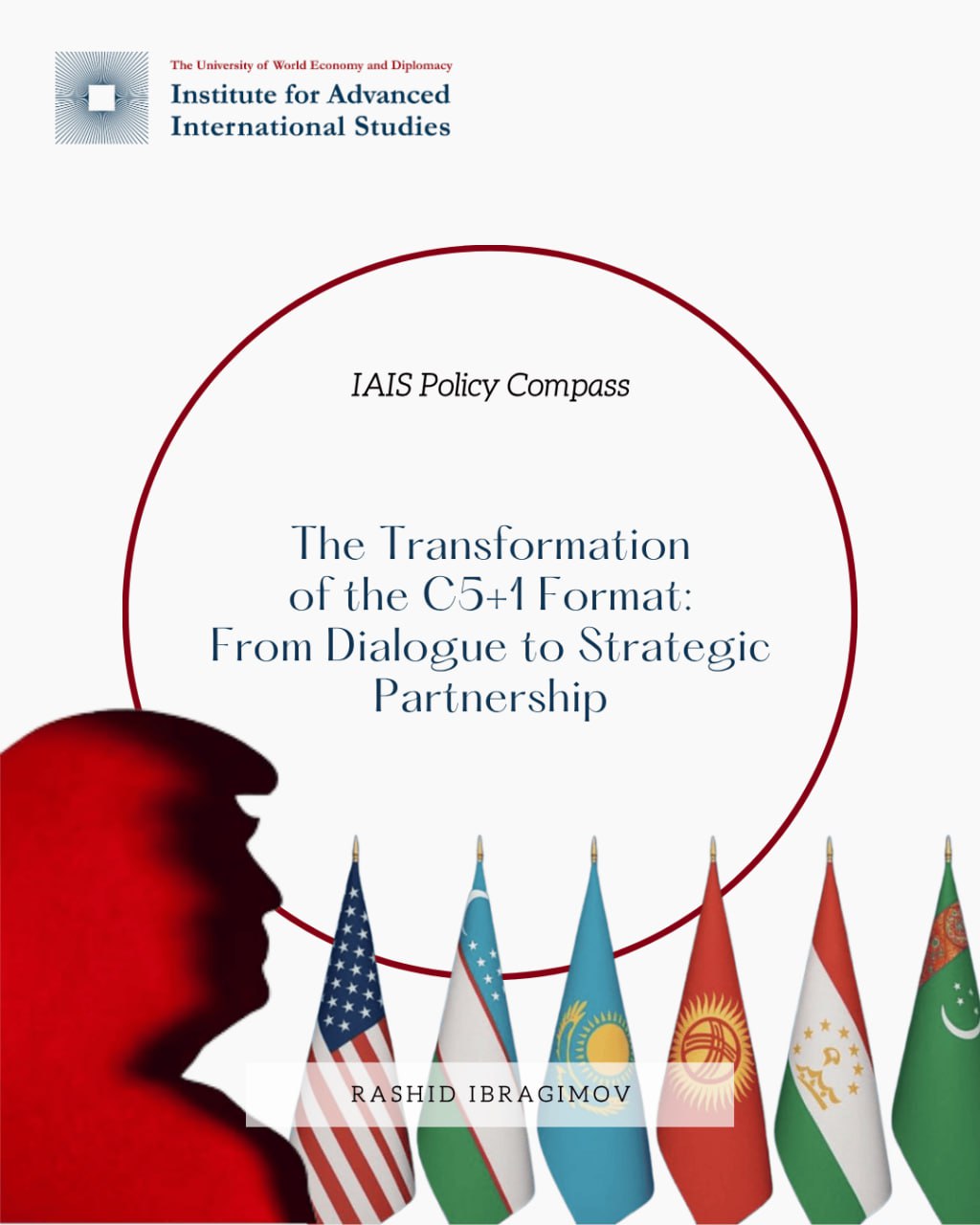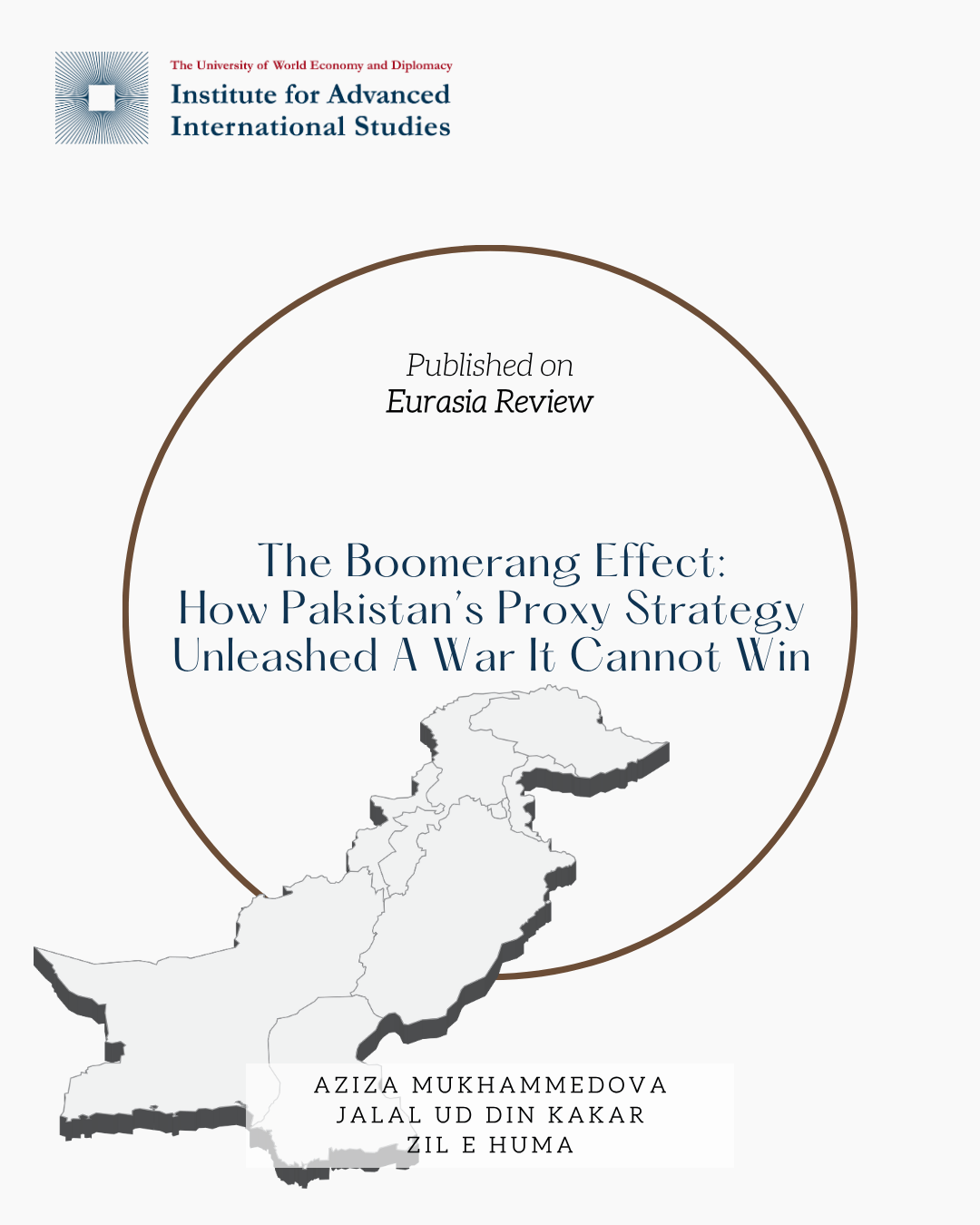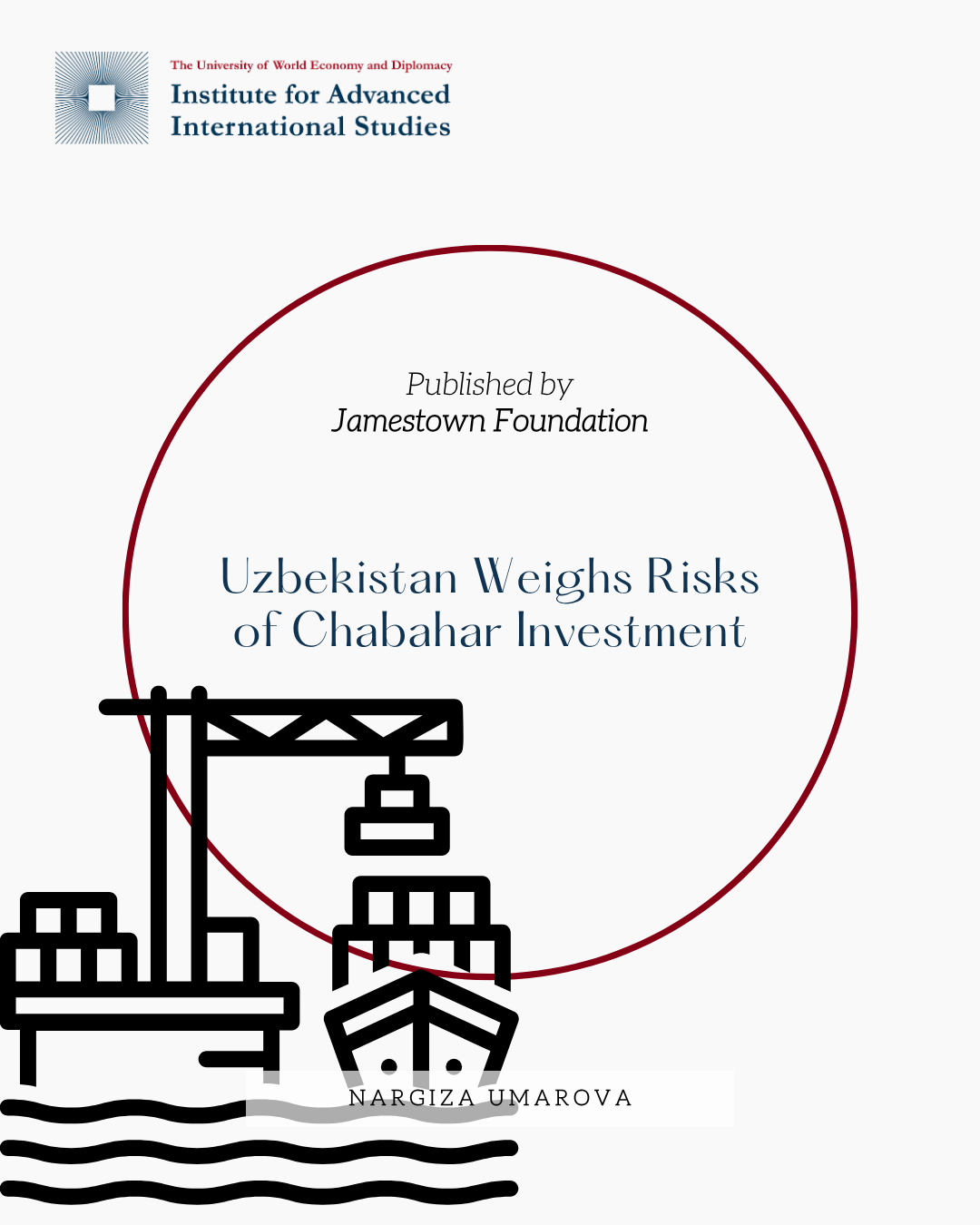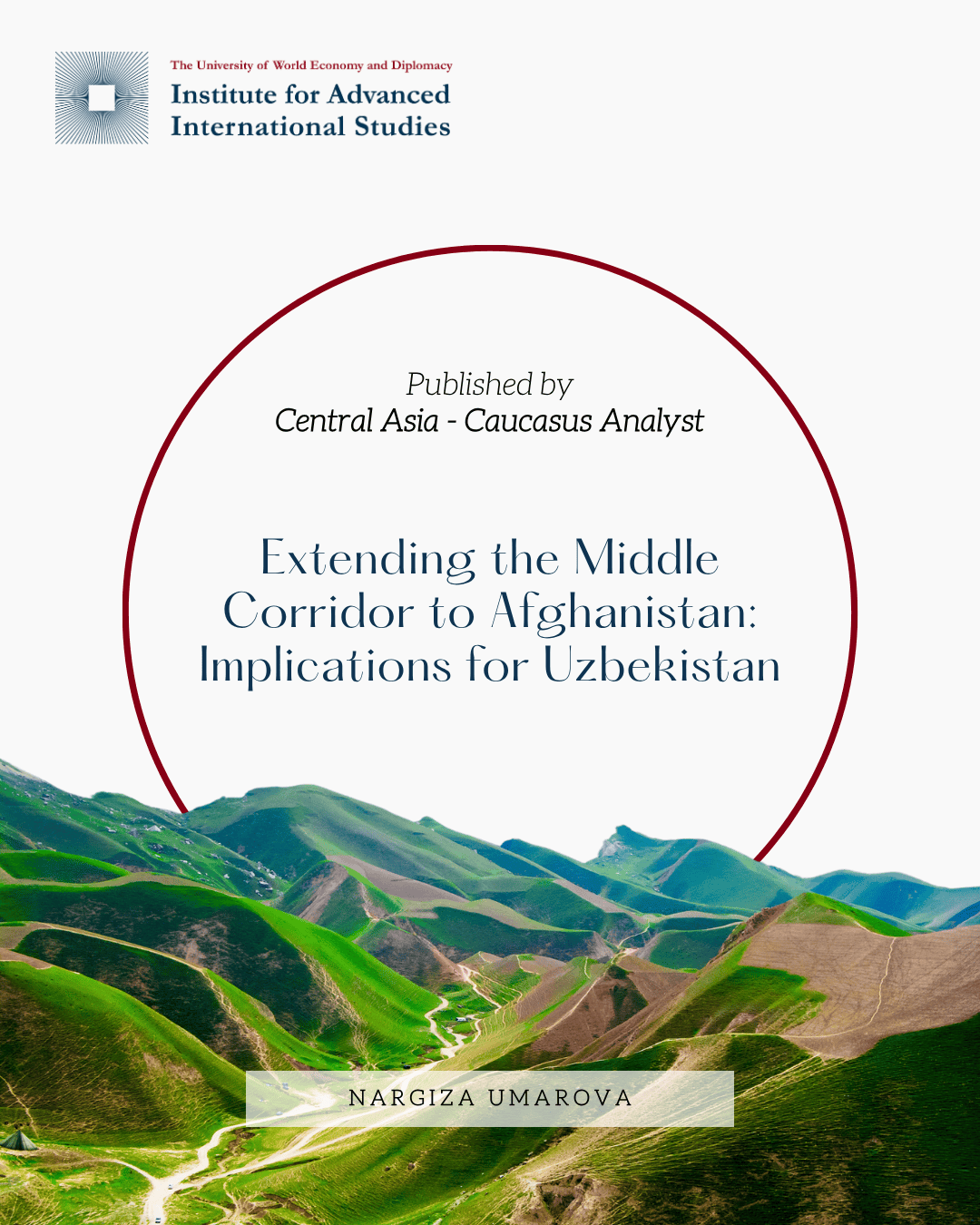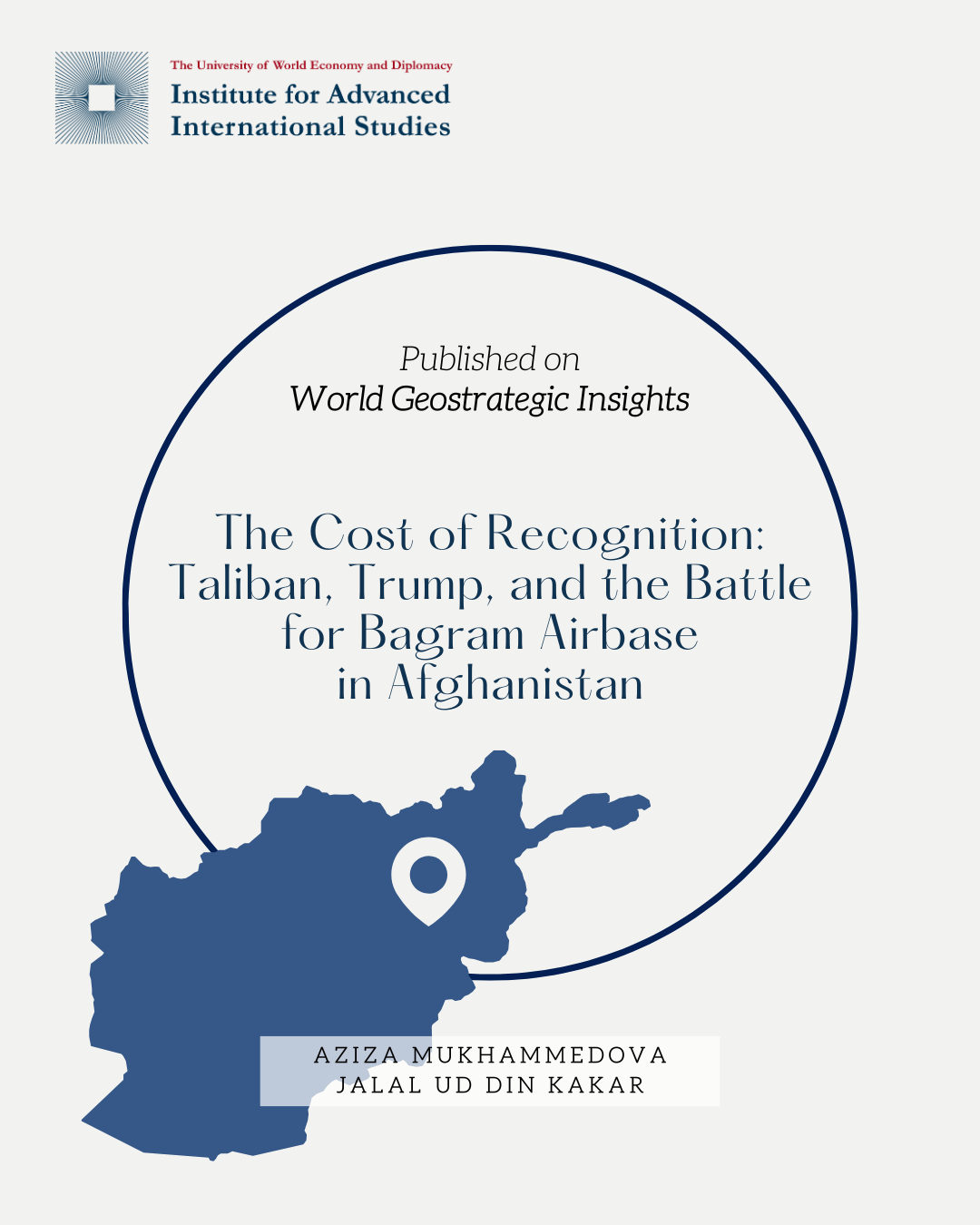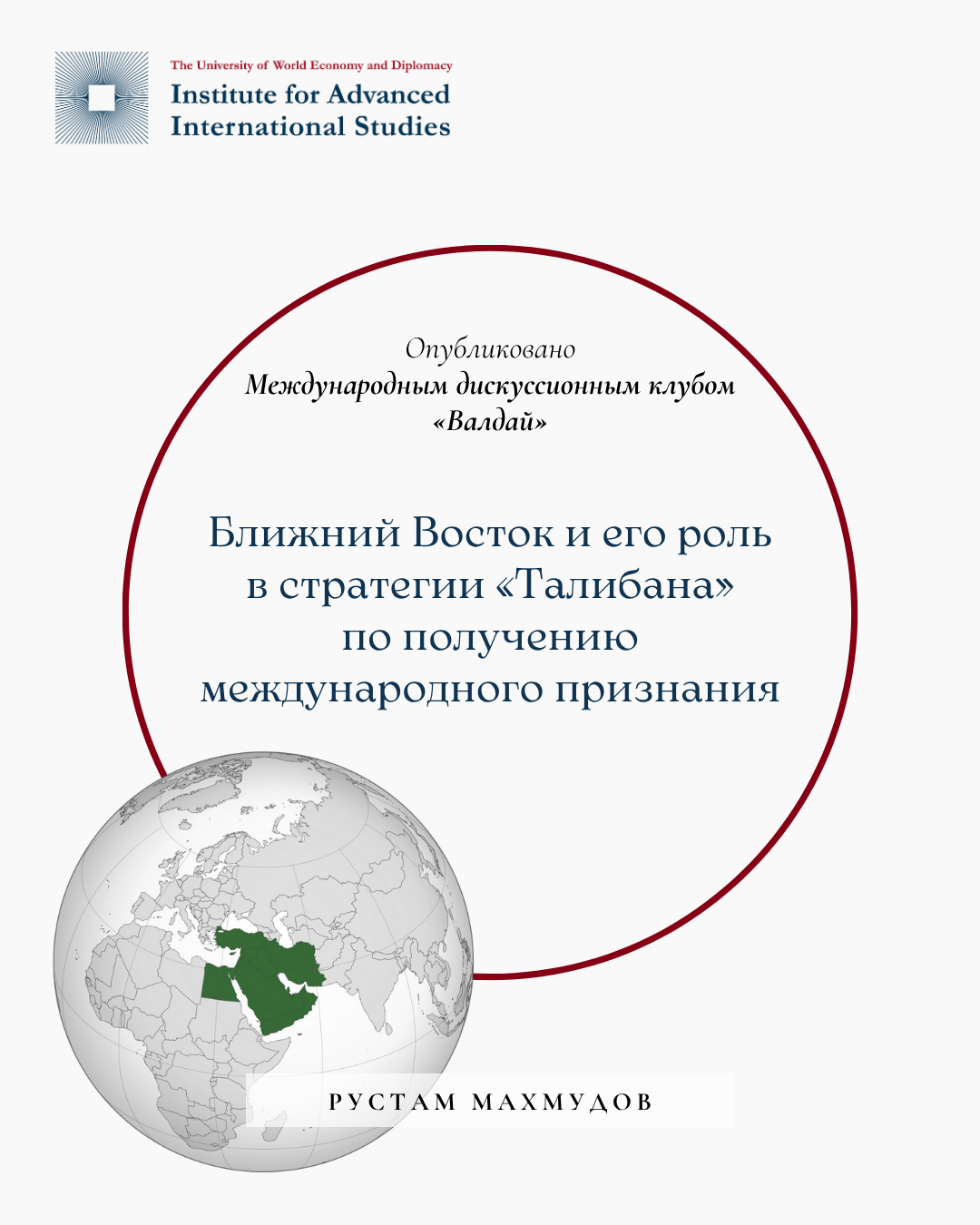The C5+1 summit held in Washington, D.C., on November 6, 2025, was a landmark event, marking a qualitative transformation in relations between the United States and the five Central Asian republics. Timed to the platform’s tenth anniversary and hosted for the first time at the presidential level at the White House with President Donald Trump, the summit demonstrated a shift from predominantly declarative dialogue to the finalization of major economic agreements.
The summit took place against a backdrop of fundamental shifts in global geopolitics. Russia’s 2022 invasion of Ukraine and intensifying U.S.-China competition have created a unique window of opportunity for Central Asian nations to diversify their foreign ties. For Washington, it has created an urgent need to strengthen its position in a strategically vital and resource-rich region that, in President Trump’s words, “previous American presidents neglected this region completely”. Underscoring this new level of engagement, U.S. Secretary of State Marco Rubio announced his intention to visit all five Central Asian countries in 2026 as part of a broader diplomatic effort to strengthen ties.
Hosting the summit in Washington D.C. itself, rather than on the sidelines of the UN General Assembly as in the past, was a significant political signal. This step, along with the U.S. Senate’s adoption of a resolution affirming the strategic importance of the format, highlights the region’s elevated status in U.S. foreign policy priorities. In the resolution, the Senate officially “affirms the strategic importance of the C5+1 platform in promoting regional sovereignty, stability, and shared security interests with the United States”. As experts noted during discussions at the Atlantic Council, the C5+1 format, launched in 2015, has evolved from a symbolic platform for dialogue into a mechanism for implementing concrete, pragmatic projects. This was facilitated by Central Asia’s own transformation, as the region has evolved from one plagued by contradictions into a more consolidated and proactive player with its own agenda.
The centerpiece of the summit was a large-scale package of trade and economic agreements. The core of this package was an accord with Uzbekistan, with President Trump announcing Tashkent’s plans to purchase and invest approximately $35 billion in key U.S. sectors over the next three years, with that figure expected to exceed $100 billion over the next decade.
The groundwork for these agreements was laid during a series of working meetings of the Uzbek delegation in Washington, which resulted in deals aimed at modernizing industrial infrastructure, introducing resource-efficient agricultural technologies, and strengthening cooperation in cybersecurity and artificial intelligence. Discussions with John Jovanovic, head of the U.S. Export-Import Bank (Eximbank), focused on financing projects in energy and transport. Talks with Ben Black, CEO of the U.S. International Development Finance Corporation (DFC), centered on accelerating the creation of a joint investment platform. A meeting with Shilpan Amin, Global Executive Director of General Motors International, addressed long-term cooperation in the automotive sector.
Kazakhstan, for its part, signed a substantial package of 29 agreements totaling approximately $17 billion. Key projects include a $2.5 billion deal with John Deere to localize the production of agricultural machinery. In the mining sector, a $1.1 billion agreement was finalized between Tau-Ken Samruk and Cove Capital for the joint development of one of the world’s largest untapped tungsten deposits.
In the high-tech, Kazakhstan signed memorandums of understanding worth around $300 million with BETA Technologies and Joby Aero Inc. to develop electric aviation and air taxi services. In finance, the National Investment Corporation of the National Bank of Kazakhstan concluded agreements worth $1 billion with leading U.S. funds, including Brookfield Asset Management and Cerberus Capital Management. A significant outcome was the announcement of Kazakhstan’s first industrial investment project in the U.S.: a $130 million memorandum signed by 1Thirty Holding to build a chemical complex.
The summit also marked breakthroughs in aviation and communications. Plans were announced for the sale of over 40 Boeing aircraft in total. The national carrier, Air Astana, signed a letter of intent for 18 new Boeing 787-9 Dreamliner wide-body jets. Tajikistan’s Somon Air plans to acquire up to 14 aircraft, while Uzbekistan Airways finalized its order for 8 Dreamliner jets. In digital communications, a landmark event was the announcement of a partnership between Elon Musk’s Starlink and the telecommunications group Veon. This agreement, Starlink’s largest direct-to-cell deal, will provide service to over 150 million potential customers, beginning with Beeline in Kazakhstan.
An analysis of these deals, however, reveals their complex nature. As some economists have noted, many of the announced agreements essentially represent a capital outflow from Central Asia to the U.S. (through leasing and credit for the purchase of aircraft, equipment, and locomotives), an approach some experts have compared to that of the Persian Gulf states. The only major direct investment into the region appears to be the tungsten mining project in Kazakhstan. This structure reflects the existing model of foreign economic exchange: the export of raw materials in return for the import of high-tech products.
This dynamic showcases the transactional, “tit-for-tat” approach characteristic of the Trump Administration. For the United States, the benefit is clear and immediate: support for its domestic manufacturers and the creation of jobs. For the Central Asian nations, the long-term gain depends on less certain factors, such as the successful localization of production and a unaffected transfer of technological expertise. A more immediate victory appears to be the revitalization of substantive discussions in the U.S. Congress regarding the repeal of the Jackson-Vanik Amendment, a Cold War-era trade restriction that, according to a consensus among lawmakers and experts, has long been obsolete and yet stands as a barrier to a full-fledged economic partnership that could provide stability and predictability for investors.
A key driver of the Trump Administration’s decisive engagement is strategic competition with China, particularly over access to critical minerals. Washington is seeking to diversify its supply chains to reduce its dependence on Beijing, which controls approximately 70% of global rare earth mining and 90% of processing, and whose supply restrictions have already created challenges for certain sectors of the U.S. economy. Against this backdrop, Central Asia, with its generous reserves of tungsten, uranium, antimony, copper, and lithium, becomes a vital partner for the United States. This theme was central to the summit, with even Tajikistan’s President E. Rahmon highlighting his country’s readiness to attract American investment to develop rare and strategic resources. However, the region’s nations are insisting on the development of the full production value chain, from geological exploration to finished products, to avoid remaining mere suppliers of raw materials. Turkmenistan’s interests were more narrowly focused, linked to hopes of securing U.S. support for the long-planned TAPI pipeline (Turkmenistan-Afghanistan-Pakistan-India). While no concrete decisions were made, the summit provided Ashgabat with a platform to re-emphasize the project in the context of global energy security and the diversification of supply routes bypassing Russia.
For the Central Asian nations, the summit was a crucial opportunity to advance their multi-vector foreign policies. The war in Ukraine has served as a powerful catalyst for the region’s search for alternative economic partners and trade routes. In this context, the U.S. is seen as an important counterweight not only to Russia’s influence but also to China’s. Washington’s active support for the Trans-Caspian International Transport Route (the “Middle Corridor”) fully aligns with these aspirations. Furthermore, recent agreements to develop the “Zangezur Corridor” with U.S. participation, now dubbed the “Trump Route”, are viewed as a bottleneck through which the U.S. and its allies are opening a path to Central Asia.
Despite the announced deals, the American presence faces China’s deeply entrenched influence in the region. According to analysts, Chinese investments are structural and long-term in nature. The American approach, especially under President Trump, appears more transactional. Historically, U.S. attention to the region has been episodic, leading Central Asian leaders to be cautious about long-term prospects. The real question is whether the U.S. is prepared to invest in creating full value chains within Central Asia, including raw material processing and guaranteed offtake agreements, as China already does. The answer to this will determine whether Washington can mount a serious challenge to Beijing for long-term influence.
Beyond resources and geopolitics, significant attention was given to human capital and social development. The Kazakh delegation signed a package of agreements worth around $50 million in education and science with leading American universities and companies. A key project will be the establishment of the new Ulytau Technical University in Zhezkazgan with the participation of the Colorado School of Mines. In the financial sector, the National Bank of Kazakhstan and Visa signed a memorandum of cooperation. In healthcare, Samruk-Kazyna and Ashmore Investment Advisors announced a $150 million project to create the first Western-branded multi-profile clinic in Kazakhstan.
In addition to economic agreements, the summit was marked by important diplomatic developments. One was the announcement that Kazakhstan would join the Abraham Accords. While the move is largely symbolic, it is a clear signal of Astana’s willingness to align with Washington-led international initiatives.
However, this step should also be viewed in the broader context of Israel’s increased engagement in the region. According to Israeli diplomatic sources, since 2023 Israel has been deliberately working to deepen ties with the countries of Central Asia and the South Caucasus. This strategy has several objectives: first, to create a counterweight to Iranian influence; second, to contain Türkiye’s regional ambitions; and third, to counter the spread of radicalism, especially following attempted attacks on Israeli facilities in the region after the flare-up in Gaza. For the U.S., Kazakhstan’s inclusion in this format is a diplomatic breakthrough, while for Kazakhstan itself, it is a pragmatic step within its multi-vector policy that strengthens ties with a key U.S. ally in the Middle East.
The summit also showcased the region’s aspiration for greater efficiency. President S. Mirziyoyev put forward several initiatives aimed at institutionalizing the C5+1 format, proposing the establishment of a permanent secretariat, a Coordinating Council on Investment and Trade, and a Central Asian Investment Partnership Fund. The offer to host the next summit in Samarkand also signals Uzbekistan’s desire to play a more active role in shaping the regional agenda.
In conclusion, experts agree that the C5+1 summit in Washington marked not just another stage of dialogue, but a qualitative shift in the relationship. The United States, concerned about the security of its industrial supply chains, has found willing partners in the nations of Central Asia. In turn, the region’s countries, seeking to diversify their economies, see the U.S. as a source of needed investment and technology. Despite this progress, a realistic perspective is essential: China’s economic footprint in the region remains many times larger than that of the U.S., while Moscow remains both the primary security guarantor for the region’s nations and a principal potential threat to their stability. The geographic proximity to Russia and China obliges the Central Asian states to continue pursuing a cautious foreign policy. The ultimate success of this new phase of cooperation with the U.S. will depend not on sound declarations, but on the consistent and successful implementation of the agreements signed.
* The Institute for Advanced International Studies (IAIS) does not take institutional positions on any issues; the views represented herein are those of the author(s) and do not necessarily reflect the views of the IAIS.

